The Introvert’s Guide to Finding the Perfect Dog
Over my years working with dogs and their people, I’ve noticed something. A certain question always comes up, usually asked in a softer voice: “Is there a dog out there for someone… quiet? Like me?”
In this article
- The Gentle Giants: A Calm Presence with a Big Heart
- The Independent Thinkers: Cat-Like Dogs for People Who Get It
- The Low-Energy Companions: Masters of the Couch
- A Few Words on Small Dogs
- Your Quiet Person’s Dog Ownership Toolkit
- Final Thoughts: It’s All About the Partnership
- Inspirational Gallery with Photos
So many reserved folks I’ve talked to think they’ve been disqualified from dog ownership. They imagine a hyper, barking, jumping-on-strangers kind of dog that would drain their social battery in five minutes flat. They believe you have to be an extrovert to be a good dog parent. Honestly, that couldn’t be further from the truth.
The secret isn’t changing who you are. It’s about finding the right canine personality to complement your own. It’s a partnership. Some dog breeds have been shaped over time to be independent thinkers, calm guardians, or low-energy companions. Their natural vibe just… clicks with a person who recharges in solitude. This isn’t about finding a shy dog, but a dog whose needs align beautifully with a quieter way of life.
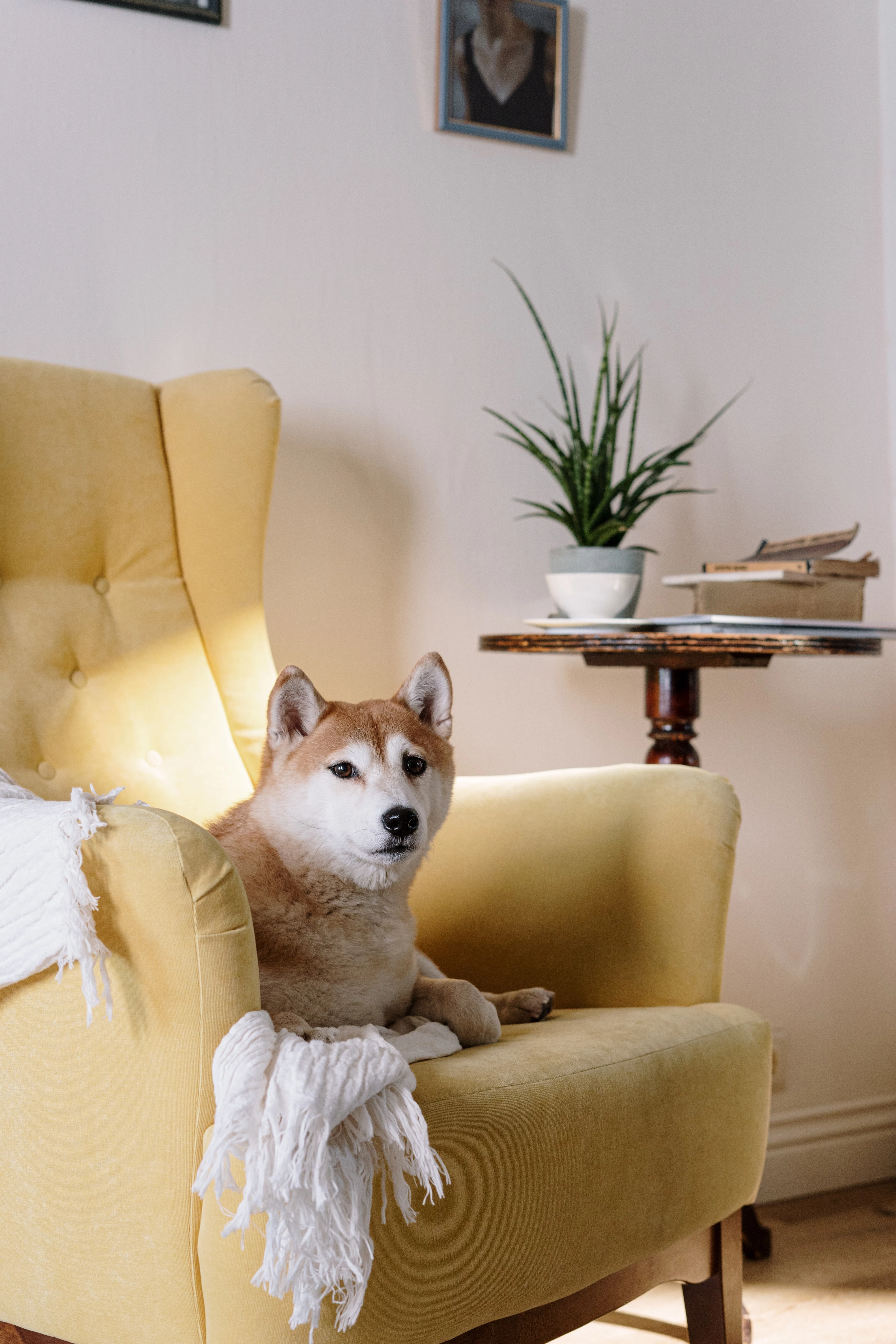
This guide goes beyond a simple list. I’m going to share the real-deal insights I’ve gathered from years in the trenches as a trainer and shelter volunteer. We’ll get into the ‘why’ behind a dog’s behavior and the practical, day-to-day realities. My goal is to give you the honest info you need to find a loyal friend that fits right into your peaceful world.
First, Let’s Talk Temperament (It’s More Than Just a Breed Label)
Before we dive into specific breeds, let’s get clear on what makes a dog a good match for a quiet home. It usually boils down to three things: energy level, sociability, and independence.
A dog’s original job is a huge clue. Take sighthounds, for example. They were bred for lightning-fast sprints to catch something, and after that burst of energy, their job was done. That’s why so many of them are masters of napping. On the flip side, many herding dogs were bred to work closely with a person all day long. They need a constant ‘job’ and can get anxious and destructive without one. Understanding this backstory helps us figure out what they’ll need from you.
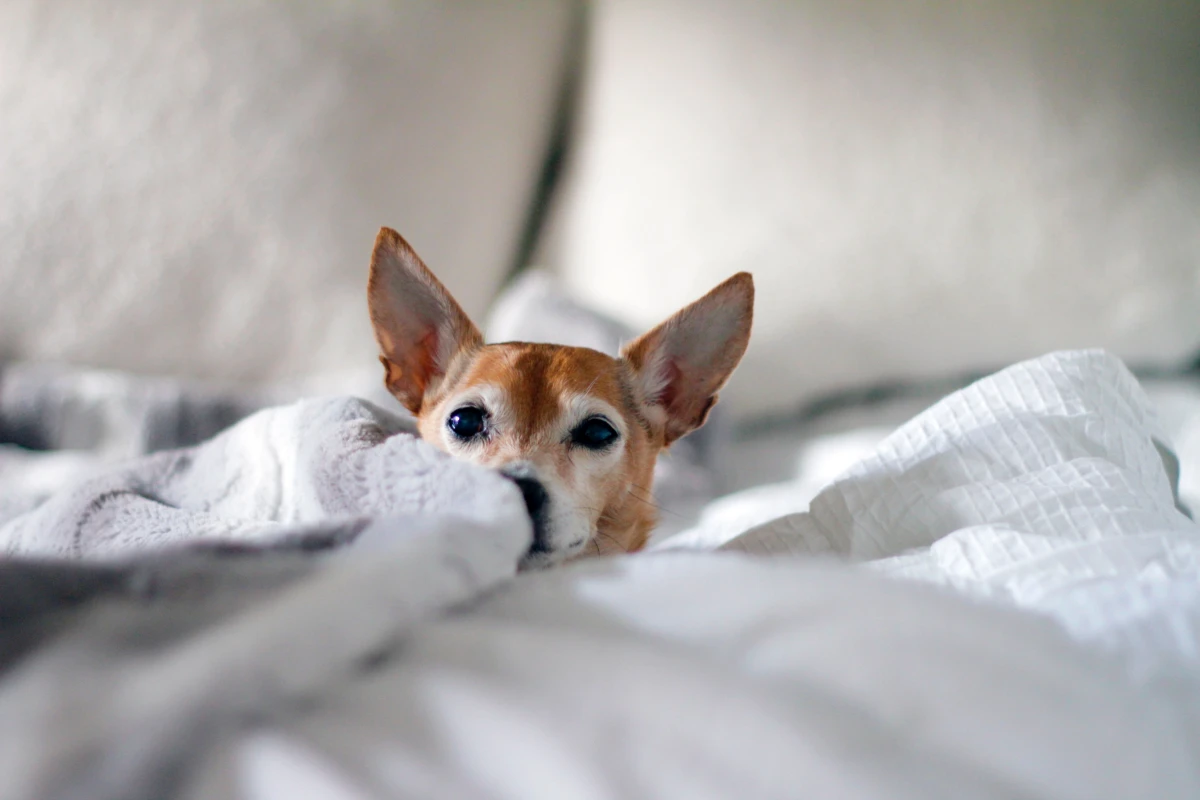
Sociability is another big piece of the puzzle. Some dogs, like retrievers, were developed to work in teams with people and other dogs, so they tend to be the life of the party. But other breeds, especially from the hound or terrier families, were meant to work alone. They often bond deeply with their family but couldn’t care less about strangers at the park, which can be a huge plus if you don’t love small talk.
But—and this is a big one—a breed description is just a blueprint, not a guarantee. I’ve met shy, reserved Golden Retrievers and intensely social Basenjis. Every single dog is an individual. This guide is your starting point, but later we’ll talk about how to find that one special dog that’s right for you.
The Gentle Giants: A Calm Presence with a Big Heart
It sounds counterintuitive, I know. Why would I suggest a giant dog for someone who might even live in an apartment? Because, more often than not, a bigger body means a lower-key personality. They take up more physical space, sure, but they have way less need for constant activity. Their size also has a funny side effect: it tends to discourage strangers from rushing up to you on walks.
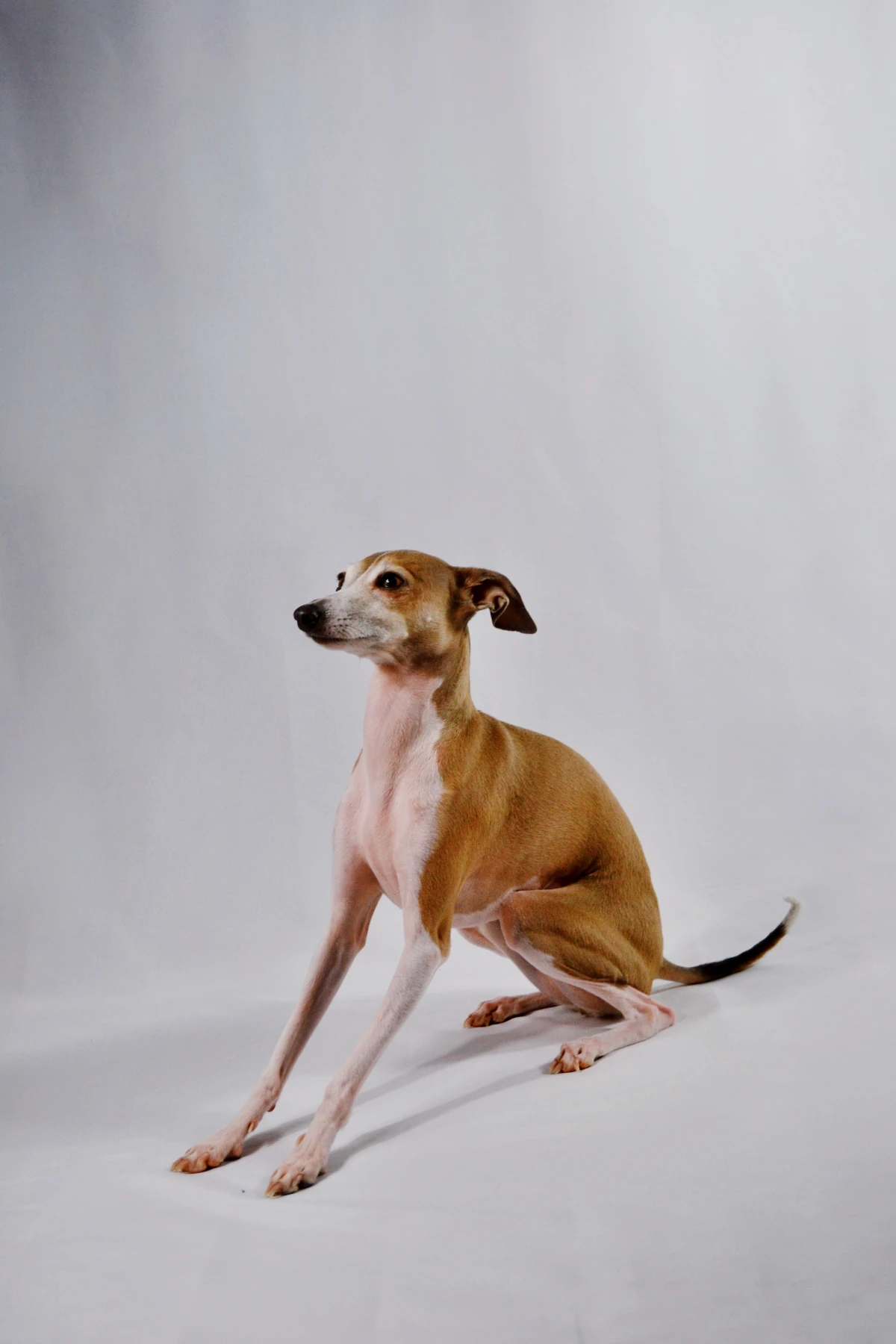
The Great Dane
The Vibe: These dogs are often called the “Apollo of Dogs,” and it fits. They have a noble, gentle soul and are utterly convinced they are 70-kilogram lap dogs. They form incredibly tight bonds and are sensitive to the mood of the home, preferring peace and quiet.
Lifestyle Match: A Great Dane is a certified homebody. One or two moderate walks a day, maybe 30-45 minutes total, is all they need. They’re surprisingly well-suited for apartment living, as long as they get their daily stroll. Loud, chaotic environments stress them out, making them a perfect match for a calm household.
The Reality Check: Let’s talk money. Owning a Dane is a serious financial commitment. A high-quality bag of giant-breed dog food can run you $100-$150, and you’ll go through it fast. Vet bills are bigger, medication doses are bigger… everything costs more. And here’s the tough part: their lifespan is tragically short, usually just 7 to 10 years. They are also prone to bloat, a sudden and deadly stomach condition. Heads up: talk to your vet about a preventative surgery called a prophylactic gastropexy. It can cost between $400 and $600 when done with their spay/neuter, but an emergency bloat surgery can run you $3,000 to $7,000, with no guarantee of survival. It’s a life-saving investment.
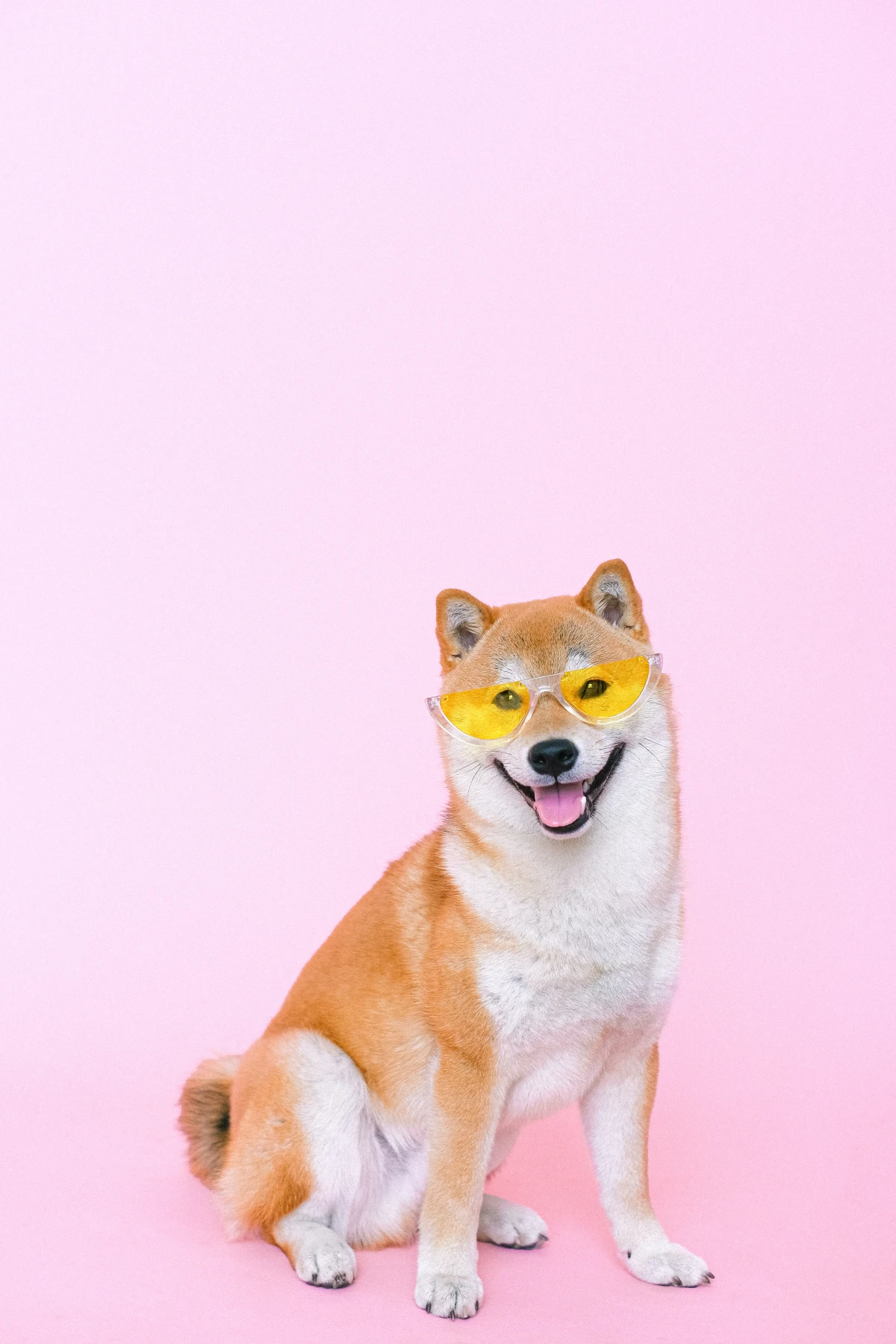
The Newfoundland
The Vibe: If you could bottle the feeling of patience and gentleness, you’d get a Newfoundland. Nicknamed the “nanny dog,” their sweet temperament is legendary. They have a grounding, calming presence that can genuinely make a room feel more peaceful.
Lifestyle Match: Newfies are placid and devoted, happiest when they’re lying on your feet. While they are calm indoors, they do have a working history and absolutely love to swim. Their thick, water-resistant coat is a nod to their past as fishermen’s helpers.
The Reality Check: Two words: drool and grooming. They produce epic amounts of drool, so if you’re precious about your walls and furniture, this isn’t the dog for you. Their thick coat also needs daily brushing to prevent painful mats. If you can’t commit to that, you’ll need to budget for a professional groomer every 6-8 weeks, which can cost $100-$200 per session. They’re also prone to certain heart conditions and joint issues, so working with a breeder who provides health clearances is a must.
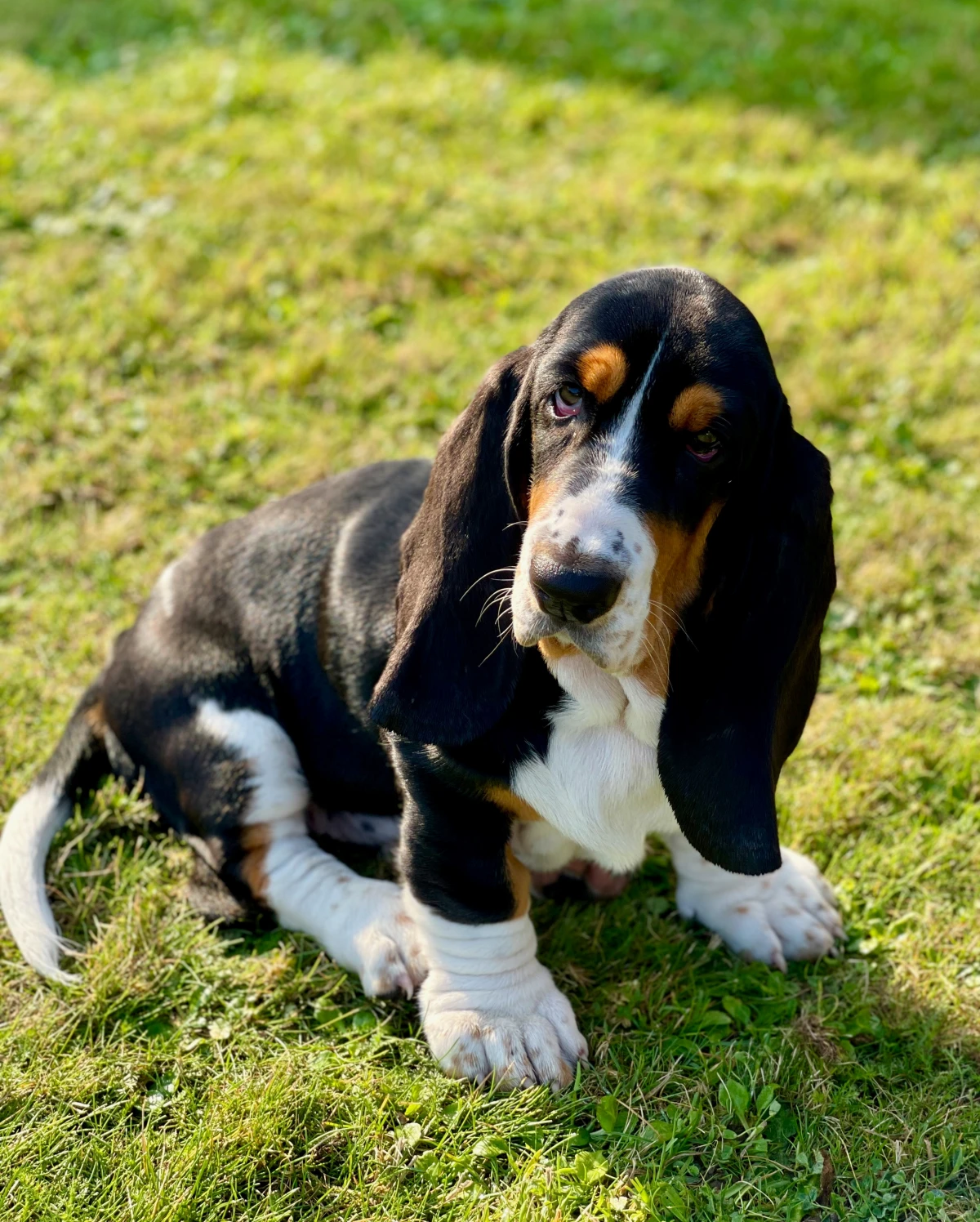
The Bernese Mountain Dog
The Vibe: A gorgeous dog with a steady, good-natured soul. Hailing from Swiss farms, they are deeply loyal to their family, sometimes to the point of being a little aloof with strangers—a trait many reserved owners appreciate.
Lifestyle Match: Predictable and calm in the home, a Berner just wants to be with their people. They don’t do well being left alone for long stretches. They need about 30-60 minutes of walking a day and love a good hike in cool weather, but they can struggle badly in the heat.
The Reality Check: Like other giants, their lifespan is heartbreakingly short at 7-9 years, largely due to a high incidence of aggressive cancers. And the shedding… oh, the shedding. It’s not just seasonal; it’s a lifestyle. You will have what owners affectionately call “Berner glitter” on every surface you own, all year round. A good vacuum isn’t a suggestion; it’s a necessity.
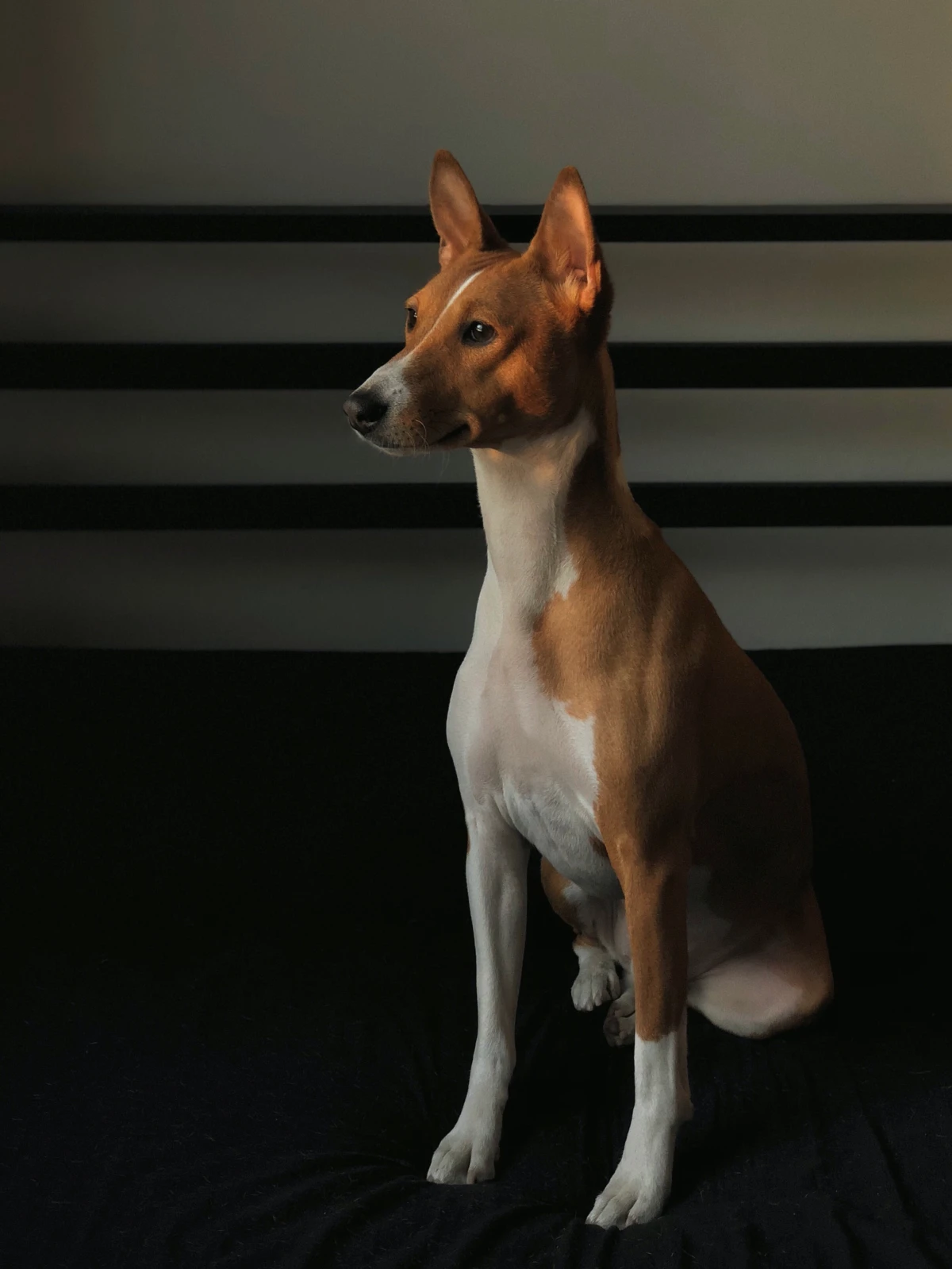
The Independent Thinkers: Cat-Like Dogs for People Who Get It
This group is for owners who appreciate a dog that values its own personal space. They love their people fiercely but don’t need constant coddling. They’re smart, self-assured, and require a partner, not just an owner.
The Basenji
The Vibe: An ancient and fascinating breed, often called the “barkless dog.” But they’re not silent—they make a unique yodeling sound (a “baroo”) when excited. They are cat-like in every sense: they groom themselves meticulously, enjoy their solitude, and show affection on their own terms.
Lifestyle Match: Perfect for an owner who doesn’t want a needy dog that greets every passerby. They bond tightly with family but can be reserved with new people. But don’t mistake independent for low-energy. They are clever, athletic hounds that need a good daily workout and mental stimulation.
The Reality Check: Training a Basenji is less about commanding and more about negotiating. They are brilliant but stubborn. A bored Basenji is an escape artist and a master of destruction. You absolutely need puzzle toys—like a Kong Wobbler or a challenging puzzle from Nina Ottosson—to keep their brain busy. They have a wicked prey drive and can NEVER be trusted off-leash in an unfenced area. A very secure, tall fence is non-negotiable.
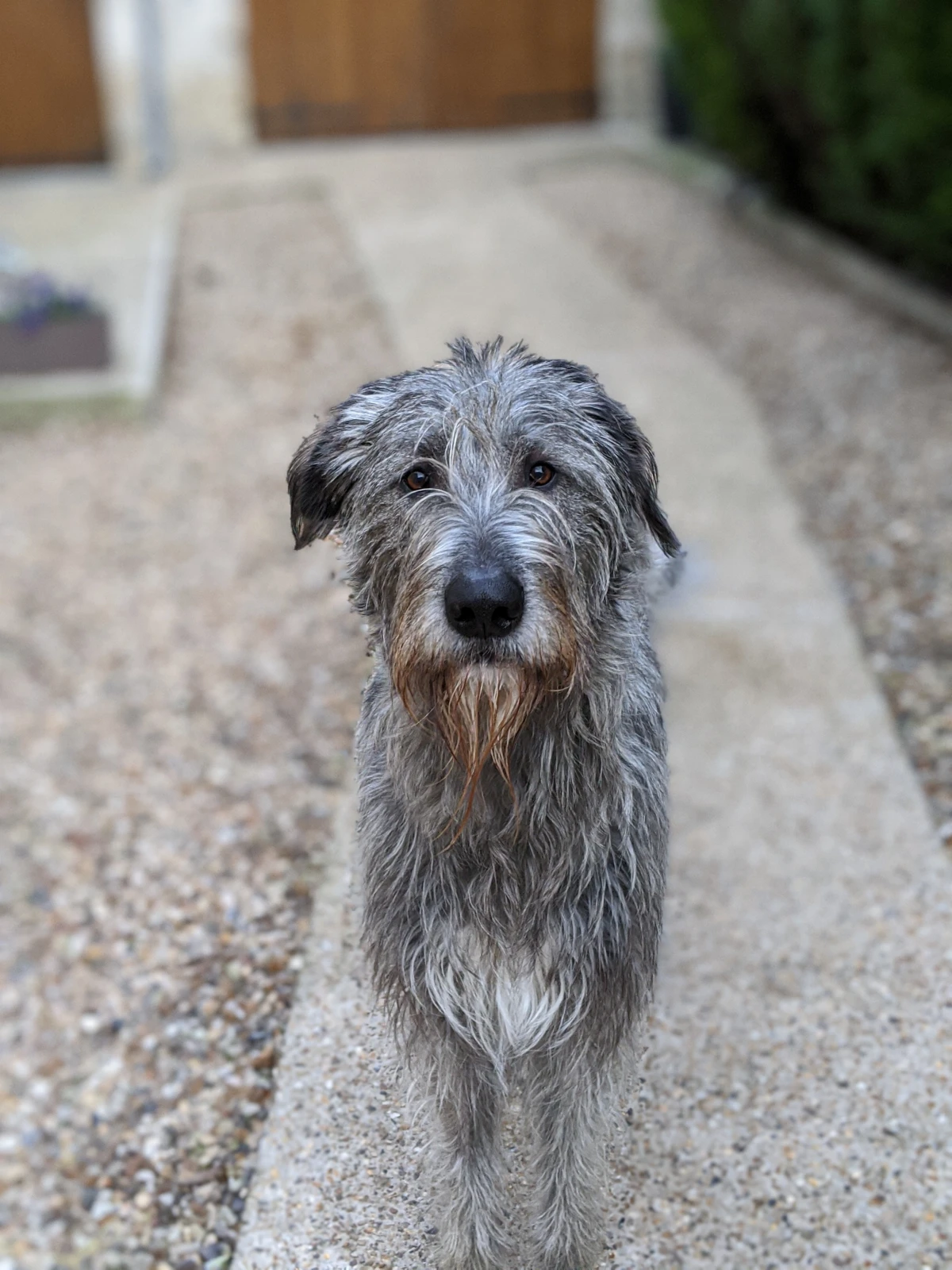
The Shiba Inu
The Vibe: A spirited and bold dog with a fox-like face and a dignified air. They are not cuddly lap dogs; they expect to be treated with respect and offer their affection purposefully. They are clean, quiet (mostly, but they can unleash a piercing “Shiba scream” when they’re really upset), and fiercely loyal.
Lifestyle Match: A great fit for a single person or quiet couple who appreciates their aloof charm. They are perfectly happy to entertain themselves and rarely suffer from separation anxiety. A daily walk and some playtime are enough to keep them content.
The Reality Check: Shibas are famously stubborn. They’ll learn a command in two minutes and then spend the rest of their life deciding if they feel like obeying it. They can also be possessive of their food and toys, a behavior called resource guarding that needs careful management. And the shedding is mind-boggling. Twice a year, they “blow their coat,” and you will be sweeping up what looks like a whole new dog’s worth of fur every single day for weeks.
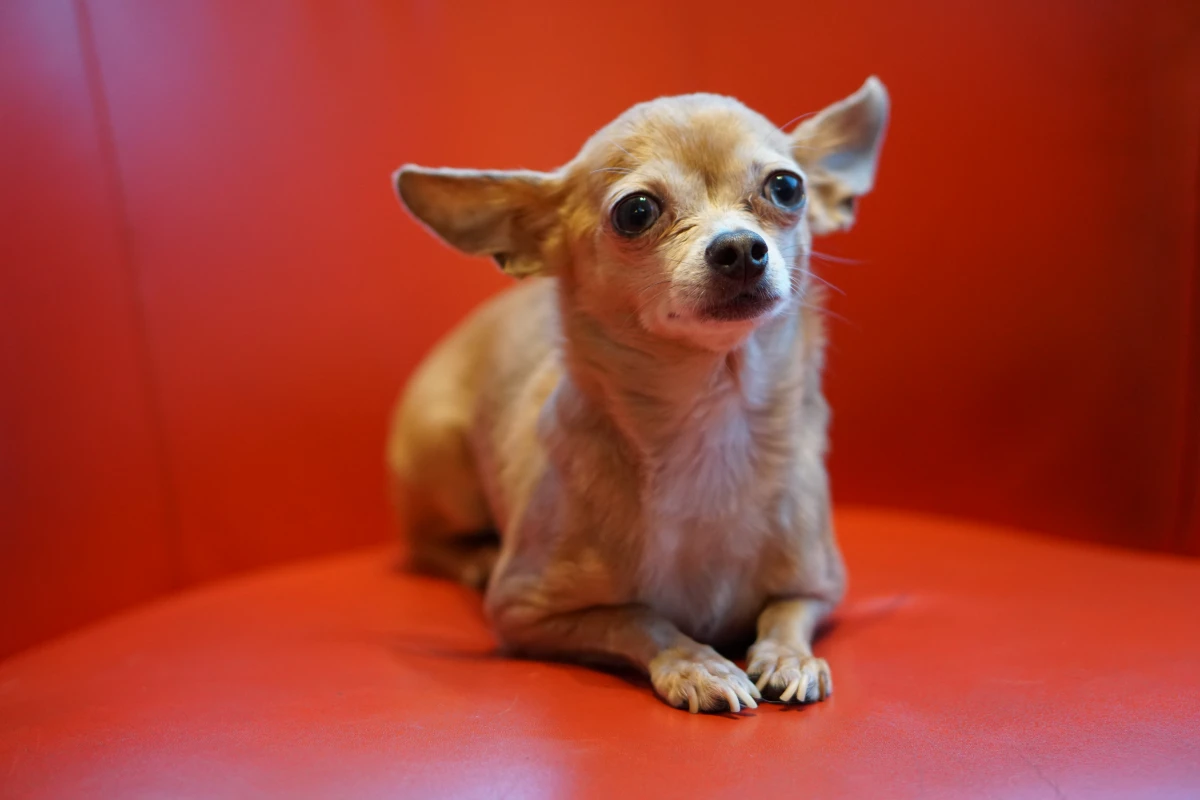
The Low-Energy Companions: Masters of the Couch
These breeds have turned relaxation into an art form. While every dog needs some daily movement, these guys are happiest when their biggest task is moving from the sofa to the sunbeam.
The Greyhound
The Vibe: People see the world’s fastest dog and assume they need to run for miles. The truth? They’re 70-km/h couch potatoes. Most retired racers I’ve worked with are sweet, gentle, and surprisingly lazy. They are sprinters, not endurance athletes.
Lifestyle Match: A brisk 20-30 minute walk or a few minutes of zoomies in a securely fenced yard is all they need. The rest of the day, they are world-class nappers. They form strong but undemanding bonds, making them a wonderful, quiet presence in the home.
The Reality Check: Adopting a retired racer is a fantastic option. They have thin skin that can tear easily and almost no body fat, so they need soft beds to prevent sores and a coat in cold weather. Many also come with poor dental health from their track life, so be prepared for an initial vet bill for a thorough dental cleaning, which could be $500-$1000.
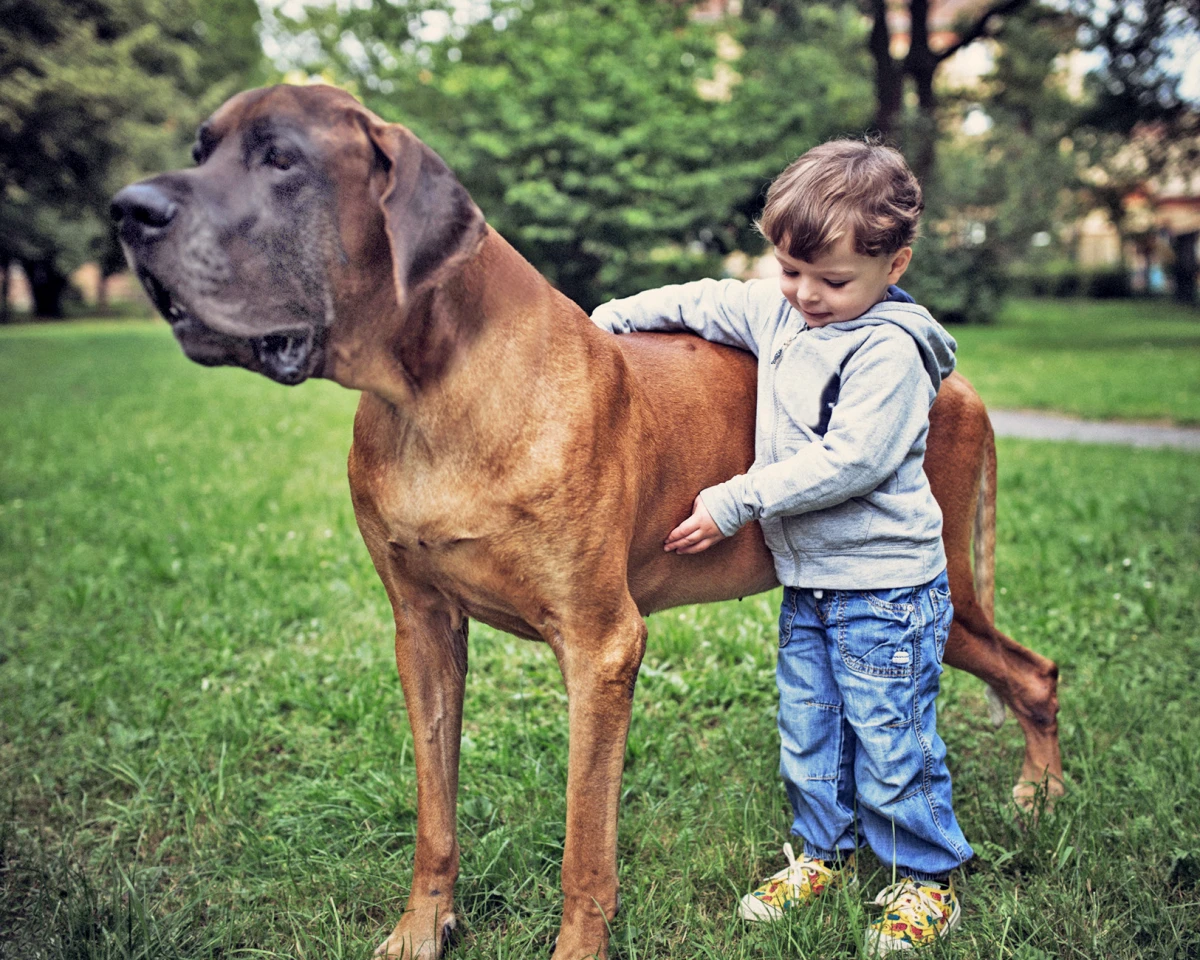
The Basset Hound
The Vibe: Don’t let the sorrowful face fool you; these dogs are generally good-natured and comical. Bred for slow-and-steady tracking, they’ve applied that unhurried pace to all aspects of life. They are low-key, devoted, and masters of the chill.
Lifestyle Match: If your perfect day involves a slow, meandering walk followed by a long nap, the Basset is your soulmate. Their exercise needs are minimal, but a daily walk is a must to prevent obesity, which is dangerous for their long backs. Quick tip: let them lead on a ‘sniffari,’ using a long leash in a safe area. Engaging their world-class nose tires them out more than a fast walk ever could.
The Reality Check: Two big things: drool and noise. They drool a lot. They also don’t bark; they have a deep, loud bay that carries. Your neighbors will know you have a Basset Hound. Their long, heavy ears are also prone to chronic infections and need weekly cleaning.
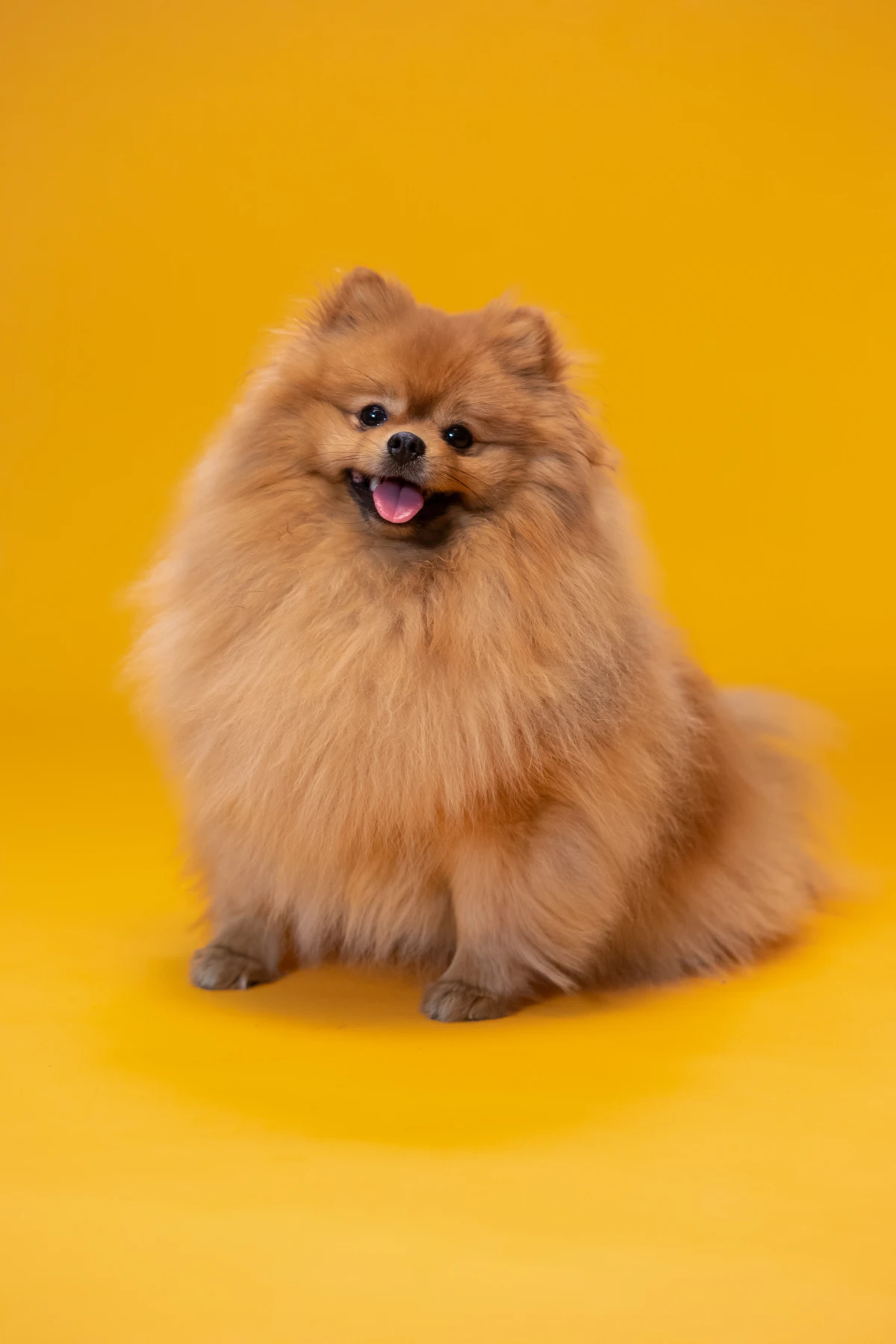
A Few Words on Small Dogs
Choosing a small dog for a quiet life requires care. Many tiny breeds were bred to be alarm systems, so they can be yappy. You want to look for confidence over reactivity.
The Pug
The Vibe: Pugs are clowns who live to love and be loved. They are adaptable and happy in an apartment, content to be their person’s shadow. Their social needs for affection are high, but their exercise needs are very low.
A VERY Serious Health Disclaimer: To be frank, I hesitate to recommend Pugs without a major warning. Their cute, flat-faced features are the source of tremendous health problems. Brachycephalic Obstructive Airway Syndrome (BOAS) is rampant and causes a lifetime of breathing difficulty. That snorting isn’t cute; it’s a sign of a compromised airway. They are prone to heatstroke, eye injuries, and skin infections. If you get a Pug, you must be financially and emotionally prepared for significant vet bills and diligent daily care to keep them comfortable.
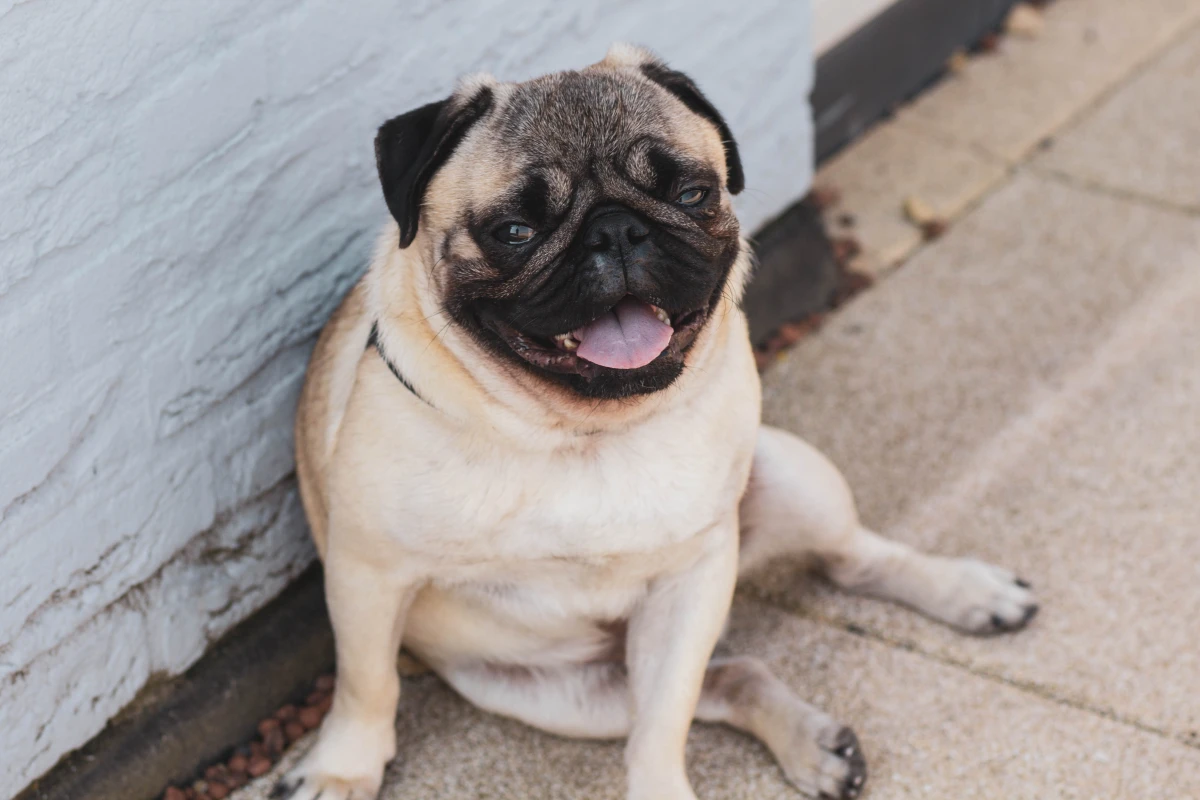
Your Quiet Person’s Dog Ownership Toolkit
Finding the right breed is step one. Finding the right individual dog and navigating the world as a quiet owner is step two. Here’s how you do it.
How to Talk to Shelters and Breeders
Walking into a shelter or calling a breeder can be intimidating. Go in prepared! Be direct about your lifestyle. They will appreciate the honesty.
What to say at the shelter:
- “I live a very quiet life and work from home. I’m looking for a calm companion.”
- “My top priorities are a low-energy dog that is happy with one or two walks a day.”
- “Can you point me toward any adult or senior dogs? I’d love a dog whose personality is already established.”
Questions to ask a responsible breeder:
- “Can I see the health clearances for the parents? Specifically, I’m interested in the results from the Orthopedic Foundation for Animals (OFA) database for hips and elbows.” (A good breeder will be thrilled you asked this.)
- “What do you do for early socialization with your puppies?”
- “Can I meet the mother (and father, if he’s on site) and see where the puppies are raised?” (The only right answer is “Yes.”)
Handling Unwanted Attention on Walks
As a reserved person, the last thing you want is for every walk to turn into a social hour. It’s okay to protect your peace. You don’t owe anyone an interaction.
Here are a few polite scripts to keep in your back pocket:
- A simple, friendly, “Sorry, we’re in training right now!” as you keep walking.
- “He’s a little shy, so we can’t say hi, but thanks!”
- A confident, “Oh, we’re in a bit of a hurry today!”
Your dog can be a wonderful social shield, not a social magnet. You are your dog’s advocate, and it’s perfectly fine to say no.
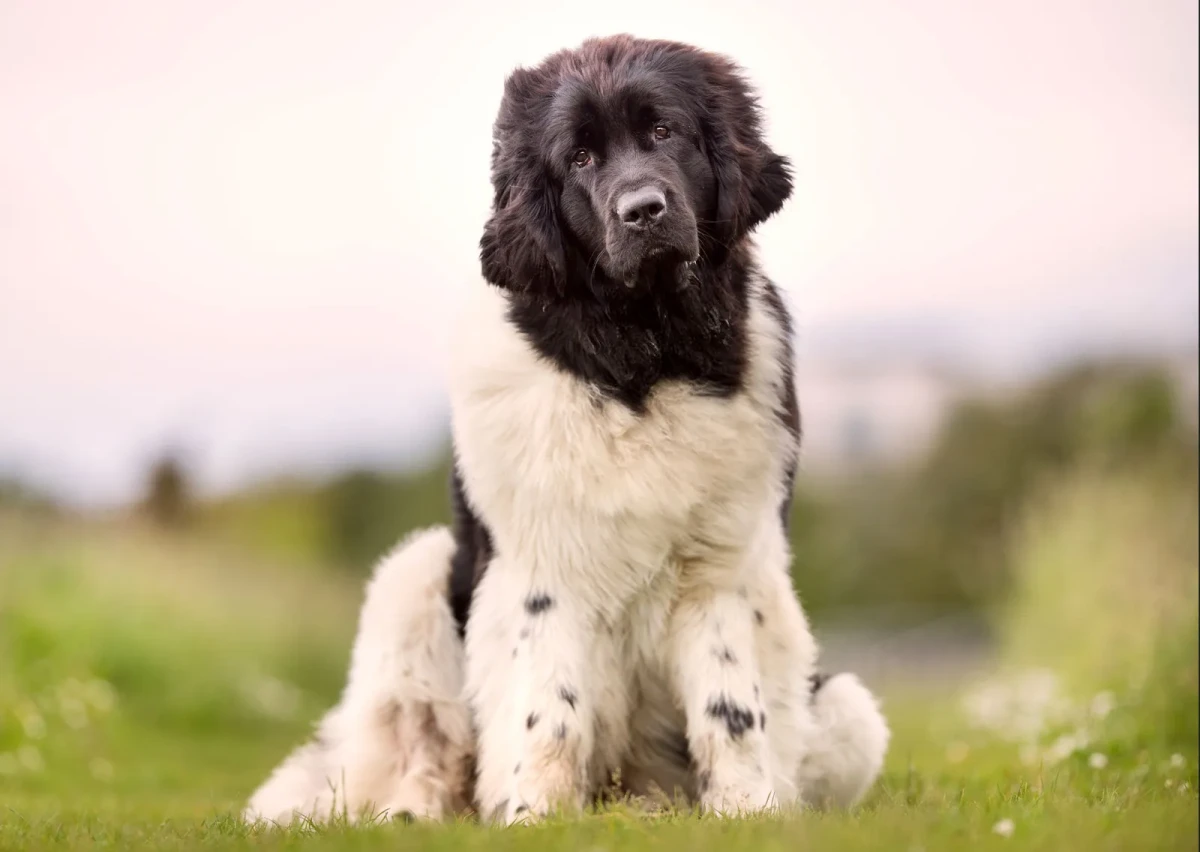
A Quick Note on a ‘Gentle Giant’ Shopping List
Getting a big dog? Budgeting is key. Here’s a rough idea of what you’ll need to get started, besides the dog itself:
- XXL Crate: $150 – $250
- Raised Food & Water Bowls: $40 – $80 (these are better for their posture and digestion)
- Durable Bed: $100 – $200 (orthopedic foam is worth it for their joints)
- First Bag of Giant-Breed Puppy Food: $100 – $150
- Basic Vet Visit & Vaccines: $150 – $300
It adds up fast, but being prepared makes all the difference.
Final Thoughts: It’s All About the Partnership
Bringing a dog into your life is a huge decision, and for a quiet person, it can be one of the most rewarding. The silent, steady companionship of a dog sleeping at your feet is one of life’s greatest comforts. It’s friendship without the pressure.
Remember, the goal is to find a dog that complements who you are, not one that forces you to be someone you’re not. Take your time with this decision. Talk to vets, trainers, and reputable rescues. The right dog is out there, just waiting to enjoy the quiet life with you.
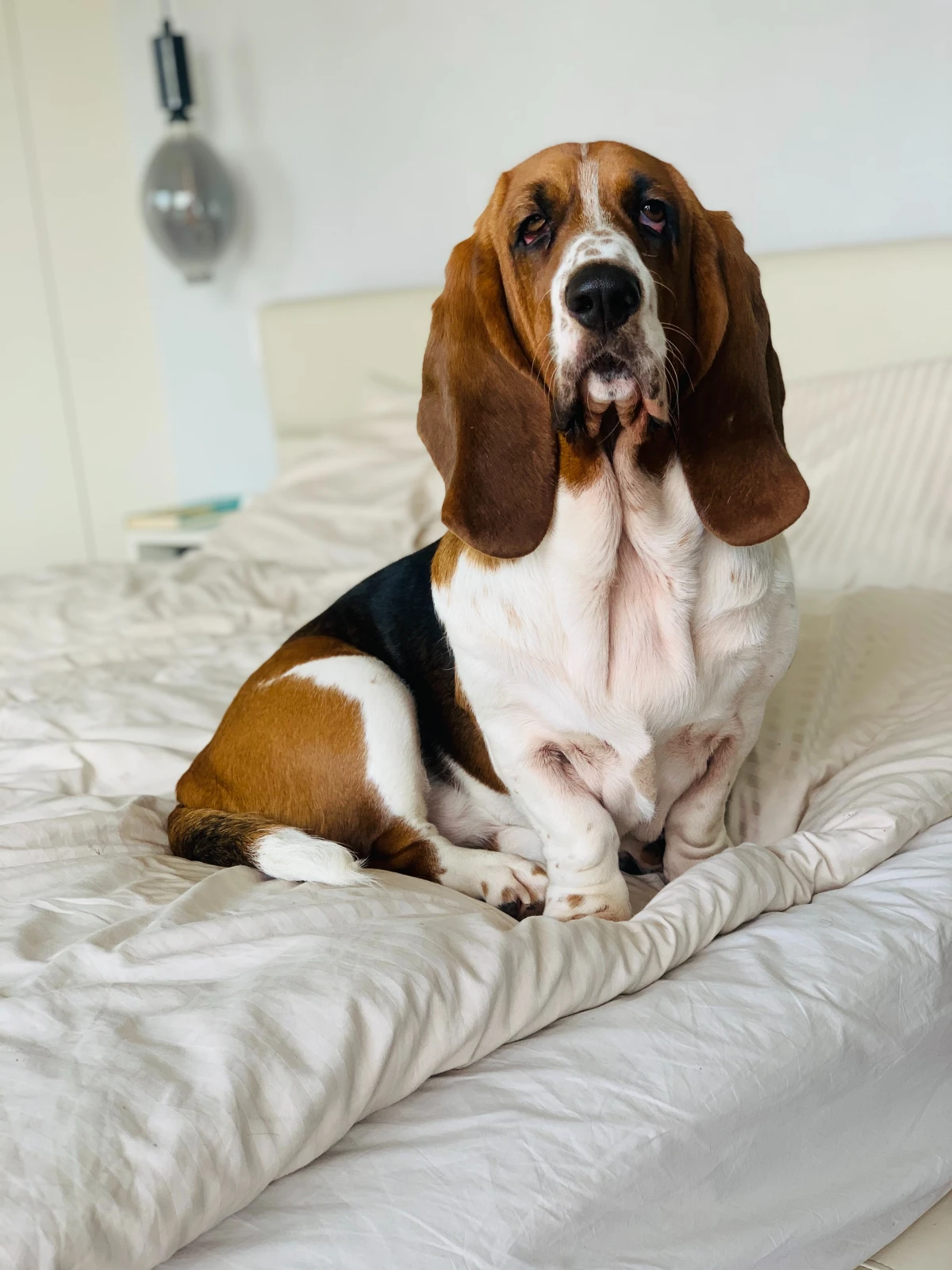
Inspirational Gallery with Photos
Petting a dog for just 15 minutes can lower blood pressure by 10% and release feel-good hormones like serotonin, oxytocin, and prolactin.
This isn’t just a feeling; it’s a measurable physiological response. For an introvert, this quiet, tactile interaction is a powerful way to de-stress and connect without a single word needing to be spoken. It’s a built-in-biofeedback loop of calm, shared between you and your canine companion.
Do I have to go to busy, loud training classes?
It’s a valid concern, but training is non-negotiable for a well-behaved dog. The good news? The landscape has changed. Many modern trainers offer one-on-one sessions in your home, focusing on your specific environment. You can also find small-group classes or specialized workshops (like ‘Calm Canine’ courses) that are far less chaotic than a generic puppy free-for-all. Look for trainers certified by the CCPDT who emphasize positive reinforcement.
Adopting a Puppy: You shape them from scratch, but be prepared for a 1-2 year ‘extroverted’ phase of high energy, intense socialization needs, and constant supervision. It can be draining.
Adopting an Adult (2+ years): Their personality is already formed. What you see is what you get. They are often house-trained and have outgrown the frantic puppy stage, settling into your quiet life much more quickly.
For many introverts, adopting an adult dog bypasses the most socially and energetically demanding period of a dog’s life.
Don’t underestimate the power of shared silence. The true magic for an introvert isn’t just having a dog for walks, but having a living, breathing presence that asks for nothing but proximity. It’s the gentle sigh from the dog bed across the room, the comforting weight on your feet as you read, the quiet companionship that fills a space without draining your energy. This peaceful coexistence is the ultimate reward.
When you first bring a rescue dog home, resist the urge to introduce them to everyone and everything. The two-week shutdown is crucial: This is a period where you limit their world to just your home and yard. No visitors, no trips to the pet store, no long walks in busy areas. It gives a dog—especially a sensitive one—time to decompress, learn your routines, and build trust in their new, safe environment before facing the wider world. It lays the foundation for a calm and secure future.
For a dog that’s happy to entertain itself, mental stimulation is more important than relentless physical exercise. Look beyond the simple fetch toy and explore the world of canine enrichment.
- Puzzle Feeders: A classic KONG filled with frozen peanut butter or a Nina Ottosson puzzle toy can keep a dog engaged for ages.
- Snuffle Mats: These fabric mats hide kibble or treats, encouraging a dog’s natural instinct to forage and sniff.
- Lick Mats: Spreading dog-safe pâté or yogurt on a textured silicone LickiMat can have a significant calming effect.
- A dog that is more focused and less prone to boredom-induced barking.
- A strengthened bond based on problem-solving together.
- A naturally tired and relaxed companion at the end of the day.
The secret? Scent work. You don’t need a special breed; any dog can do it. Hiding treats around a room and encouraging your dog to ‘find it’ taps into their most powerful sense. It’s a quiet, collaborative game that provides incredible mental exercise, perfect for a rainy day indoors.
In Japan, the Akita Inu is a symbol of more than just loyalty; it represents health, happiness, and long life. Small statues of the Akita are often given to new parents to wish their child well.
This cultural reverence speaks to the breed’s quiet, dignified nature. Like the Shiba Inu, the Akita is known for its independence and reserved demeanor, often forming a deep, almost spiritual bond with its family while remaining aloof with strangers—a trait many introverts understand and appreciate.
Don’t overlook the shelter’s senior wing. While puppies get the most attention, older dogs (7+ years) are often the perfect introvert’s match. Their energy levels have mellowed, their personalities are fully established, and their greatest desire is often a warm bed and quiet companionship. They require less intense training and offer a calm, grateful presence from day one. Adopting a senior isn’t just a good deed; it’s a shortcut to the peaceful partnership you’re looking for.










